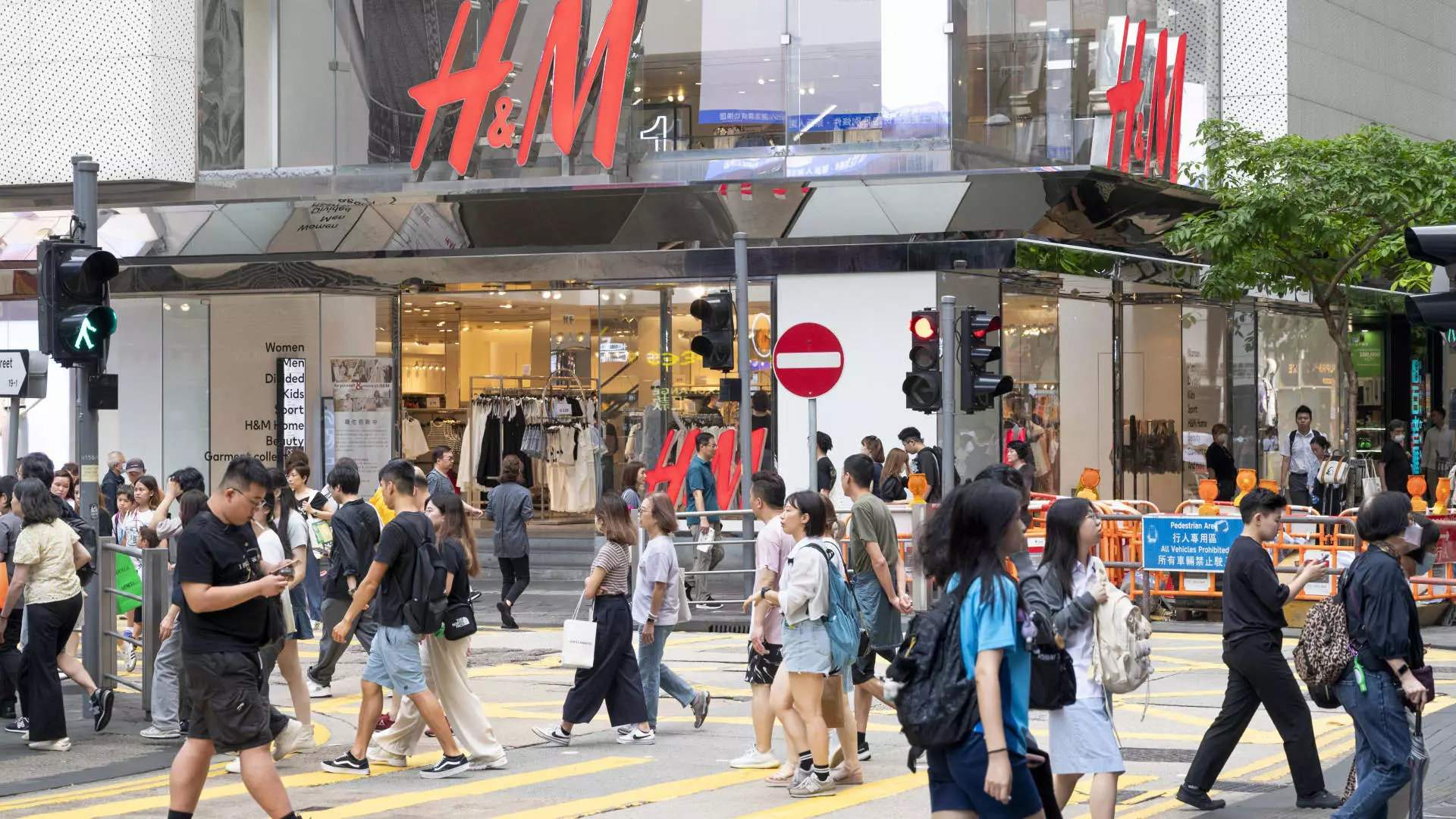H&M, the world’s second largest retailer, experienced a sharp decline in its shares by more than 14% after reporting lower-than-expected second-quarter profits. The operating profit for the period fell short of analysts’ expectations, casting doubt on the company’s ability to meet its sales targets.
The company attributed the decline in profits to bad weather conditions, which are expected to dampen sales in June. H&M anticipates a 6% decrease in sales for the month compared to the previous year, further complicating its financial outlook for the year.
Uncertainty Surrounding Profit Margin
CEO Daniel Ervér expressed concerns about meeting the company’s margin target for the year. External factors such as increasing purchasing costs and fluctuations in foreign currency exchange rates are expected to have a more negative impact on H&M’s financial performance in the second half of the year.
Investment in Online and In-Store Experiences
Despite the challenges faced by H&M, the company continues to invest in enhancing its online and in-store experiences. Upgrades to stores in major cities across Europe are part of the company’s strategy to attract and retain customers in a competitive retail environment.
The decline in H&M’s profits is reflective of broader trends in the retail industry, including higher living costs and changing consumer behavior in the wake of the pandemic. Competition from fast fashion retailers like Inditex and Shein, especially in the European market, poses additional challenges for traditional retailers like H&M.
H&M’s recent financial performance highlights the need for the company to adapt to changing market conditions and intensifying competition in the retail industry. By addressing the challenges of declining sales, uncertain profit margins, and evolving consumer preferences, H&M can position itself for long-term success in a rapidly evolving retail landscape.

